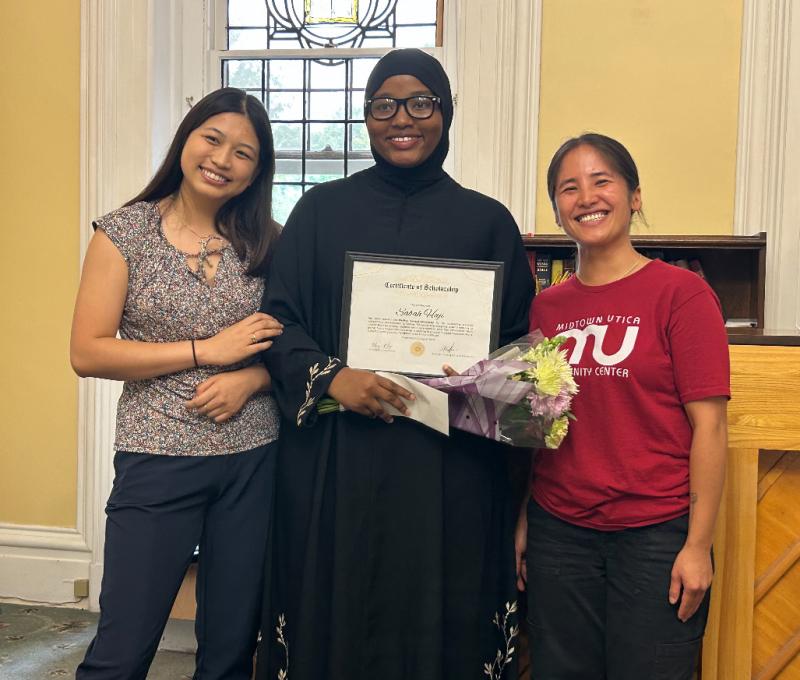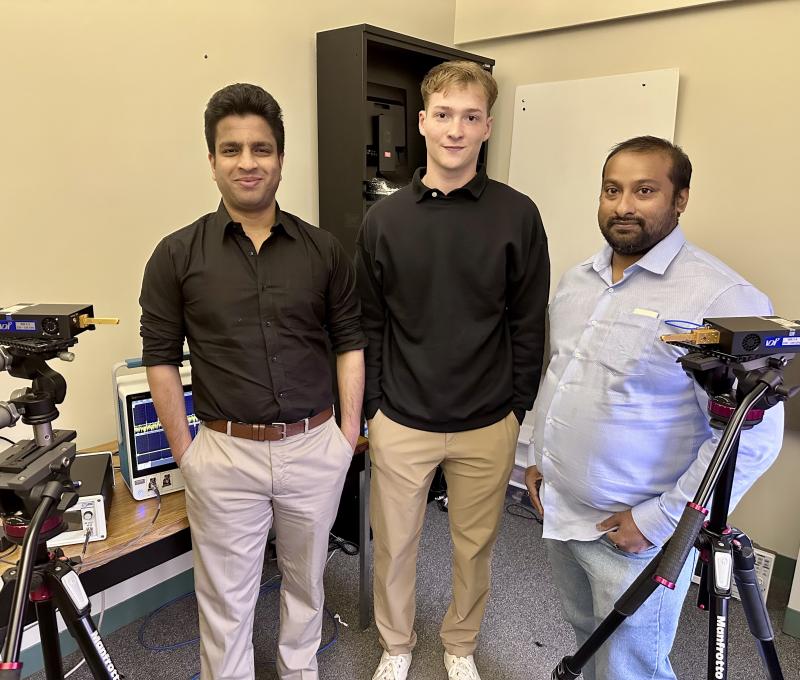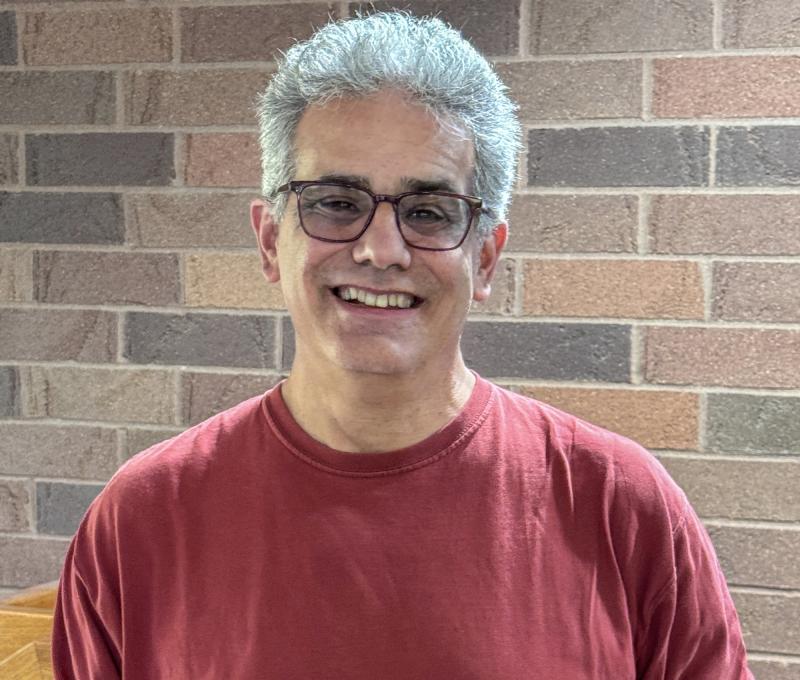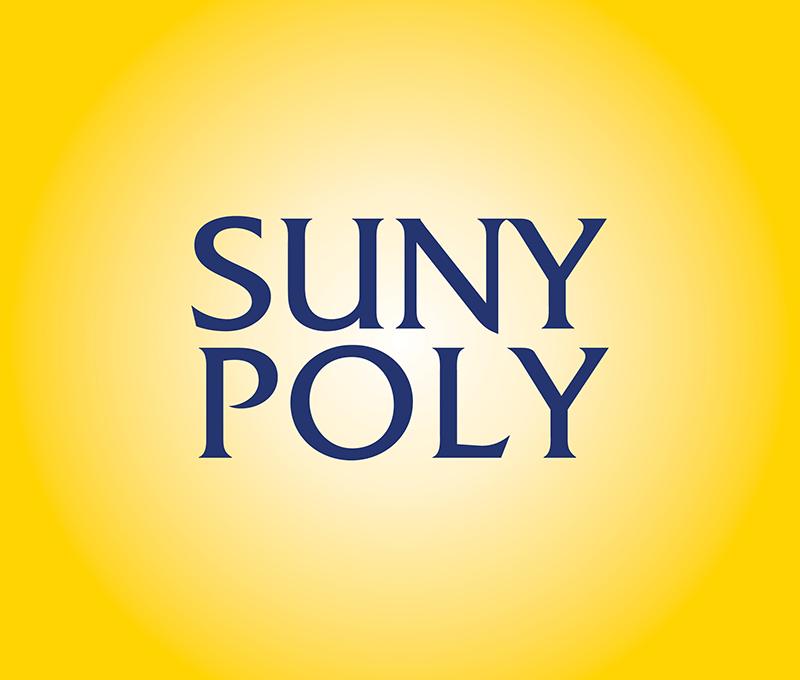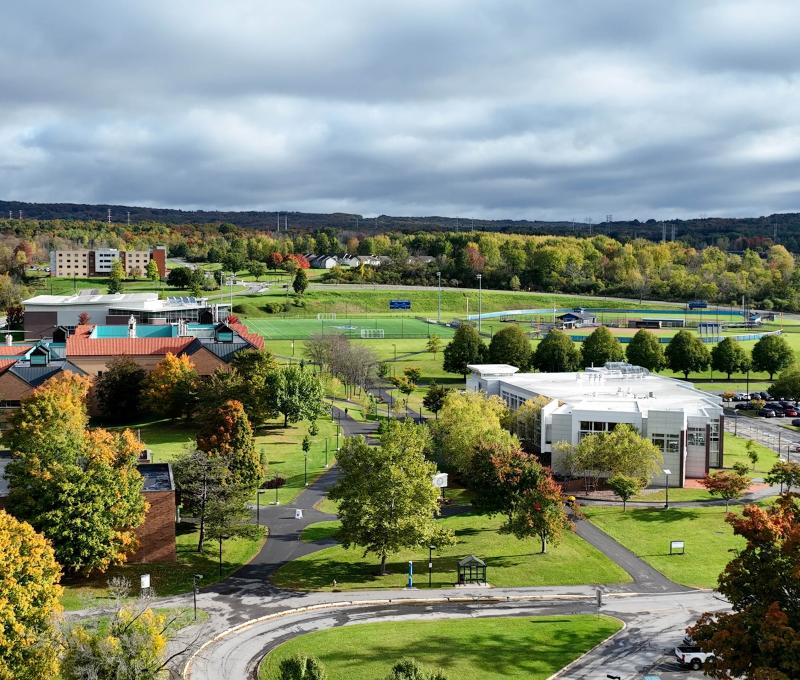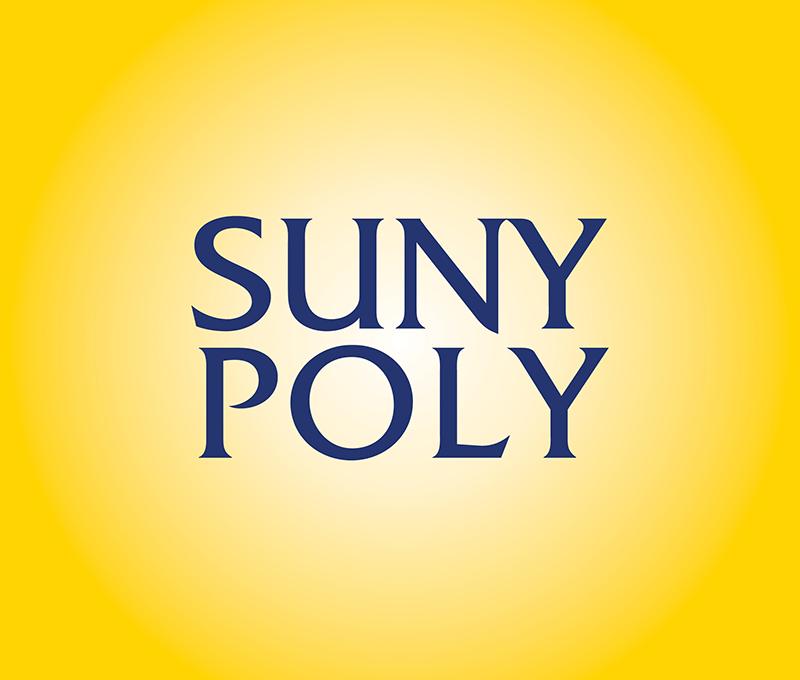SUNY Poly Researchers Awarded Grant by Slocum Dickson Foundation for Modeling of Blood Flow in the Eye

For Release: Immediate – September 20, 2018
Contact: Dave Dellecese, Public Affairs Specialist
(315) 792-7307 | ddellecese@sunypoly.edu
SUNY Poly Researchers Awarded Grant by Slocum Dickson Foundation for Modeling of Blood Flow in the Eye
Research by computer science and mathematics faculty could help
medical experts discover cure for blindness
Utica, NY – A grant from the Slocum Dickson Foundation will support faculty researchers at SUNY Polytechnic Institute (SUNY Poly) and could lead to the next steps as part of an eventual cure for blindness.
“We are thrilled for this Slocum Dickson Foundation grant,” said Dr. Grace Wang, Interim President of SUNY Polytechnic Institute. “It exemplifies the importance of interdisciplinary research that holds the potential to enhance quality of life and address critical societal challenges. We are proud that SUNY Poly faculty members are at the forefront of it.”
The funding was presented for the proposal, “Towards Patient-Specific Blood Flow Modeling in the Eye: A Proof of Concept,” to support research on fundus image analysis (capturing a photograph of the back of the eye) and mathematical modeling of the blood flow in the eye.
While medical researchers continue to search for a cure for blindness, it’s through the use of mathematics and modeling that the mathematics and computer science faculty and researchers at SUNY Poly hope to provide them with the tools needed for that breakthrough. While state-of-the-art technology allows medical researchers to examine eyes in many ways, the ability to measure certain parameters within the eye is still not possible. That’s where mathematicians like those at SUNY Poly come in, simulating what needs to be measured and then measuring the items via virtual experiments.
"This project is very exciting, both in terms of the science behind it as well as the prospect of helping people in a tangible way with this work,” said Dr. Michael J. Reale, Assistant Professor of Computer Science and part of the research team. “Deep learning and neural networks have dramatically changed the way we approach vision problems, and we have been leveraging these techniques to segment out the arteries and veins from the images as well as build realistic vascular trees. Along with my excellent colleagues, the project has also given me the opportunity to work with some exemplary students, both at the graduate and undergraduate level. It's very satisfying to see students gain solid research experience that equips them to go into the world and make it a better place."
“In the long term it is about much more than curing blindness. The eye is the window into the body. Many diseases can be first detected during an eye exam,” said Dr. Edmond Rusjan, Associate Professor of Mathematics at SUNY Poly and part of the research team. “Diabetes is one such example. Since looking into the eye is completely noninvasive, the eye exam offers an opportunity for early diagnostics. We view this as an opportunity to signal diseases in the early stages when the patient is completely unaware of any symptoms.”
The bulk of the $7,500 awarded by the Slocum Dickson Foundation will be used to support student research, both graduate and undergraduate, with the remainder used for outreach. A future workshop within the community will help create an interdisciplinary network of mathematicians and ophthalmologists, which will serve both to prioritize the problems being worked on and to disseminate the results in order to make the mathematical modeling work done at SUNY Poly more relevant and applicable to the needs of the medical community.
"The project has two parts: the image analysis program using deep learning algorithms developed by Dr. Michael Reale and his students, and the physically based model of the blood flow in the retina of the eye developed by myself, Dr. Rusjan, and our students, in collaboration with researchers at the University of Missouri and University of Illinois at Urbana-Champaign,” said Dr. Andrea Dziubek, Associate Professor of Applied Mathematics and part of the research team. “We will increase the accuracy of the blood flow model by treating both velocity and pressure as primary variables. On the image analysis side, we will enhance the detection and repair of vessel discontinuities. Last, but not least, we will start preliminary work necessary to couple the two pieces—an important milestone on our long journey.”
“SUNY Poly is at its strongest when we bring together faculty, students, and community partners to take challenging problems that demand a high-degree of technical expertise,” said Dr. Andrew Russell, Dean of the College of Arts & Sciences. “I’m delighted to see the Slocum Dickson Foundation support the work of our Retina Modeling Team, and we look forward to sharing the results of this collaboration.”
The long-term goal is to enhance the model to the point where medical doctors can look at its predictions as equally reliable and as informative as MRI images or blood tests, for example.
####################
About SUNY Polytechnic Institute (SUNY Poly)
SUNY Poly is New York’s globally recognized, high-tech educational ecosystem. SUNY Poly offers undergraduate and graduate degrees in the emerging disciplines of nanoscience and nanoengineering, as well as cutting-edge nanobioscience and nanoeconomics programs at its Albany campus, and undergraduate and graduate degrees in technology, including engineering, cybersecurity, computer science, and the engineering technologies; professional studies, including business, communication, and nursing; and arts and sciences, including natural sciences, mathematics, humanities, and social sciences at its Utica/Rome campus; thriving athletic, recreational, and cultural programs, events, and activities complement the campus experience. As the world’s most advanced, university-driven research enterprise, SUNY Poly boasts billions of dollars in high-tech investments and hundreds of corporate partners since its inception. For information visit www.sunypoly.edu.

